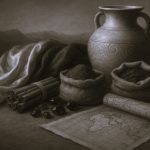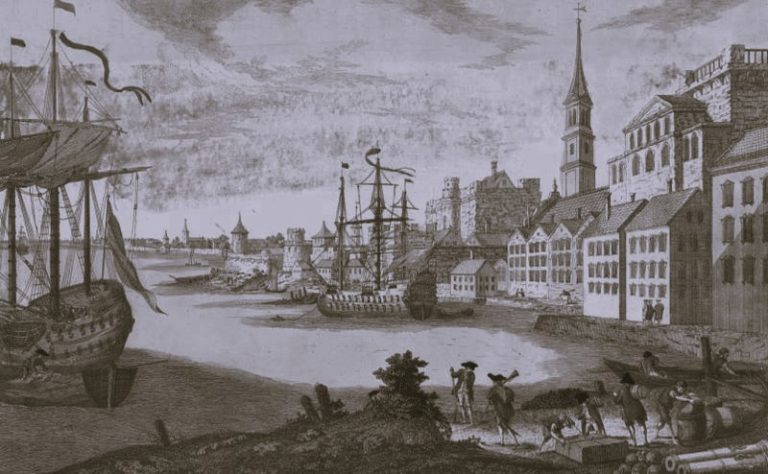

What tools would an alchemist use in the quest to transmute other elements into gold?

By Dr. Lydia Pyne
Historian of Science
David Teniers the Younger, a seventeenth-century Flemish painter, had a serious thing for alchemy. Over the course of his career, Teniers painted some 350 different scenes, illustrating just about every aspect of alchemy imaginable. All of Teniers’ alchemical scenes, however, show the alchemist’s workshop as a place of experimentation and inquiry–a space full of instruments integral to the experiments, tools that were built and maintained through a plethora of different technologies.
In Teniers’ best-known painting, Alchemist Heating a Pot, an elderly alchemist anxiously leans forward, carefully handling a small bellows, fanning oxygen into a small fire under a ceramic vessel. The old man is surrounded by a variety of instruments–glass jars and flasks are artfully arranged on his shelves, ceramic containers are strewn throughout his workshop, a pair of tongs leans up against the desk, and a clay crucible sits on on a small stool. More than anything else, Alchemist Heating a Pot conveys the sense that alchemy–itself part chemistry, part speculative philosophy–is a science that is unequivocally and completely dependent on its instruments. There are at least five different tools at work in just that small segment of Teniers’ painting.
READ ENTIRE ARTICLE ON JSTOR DAILY






